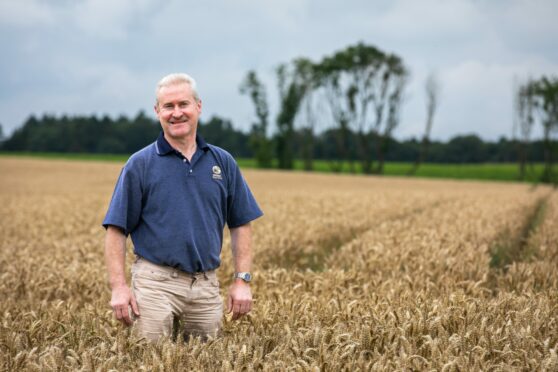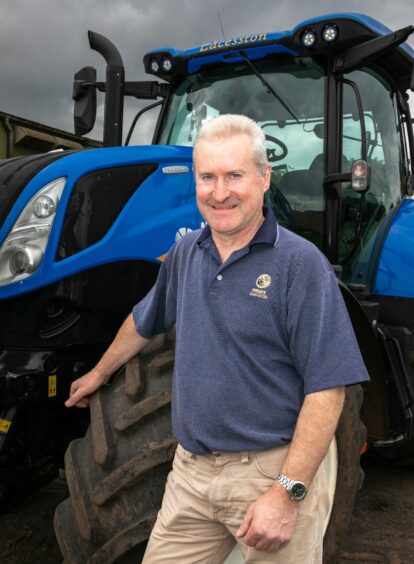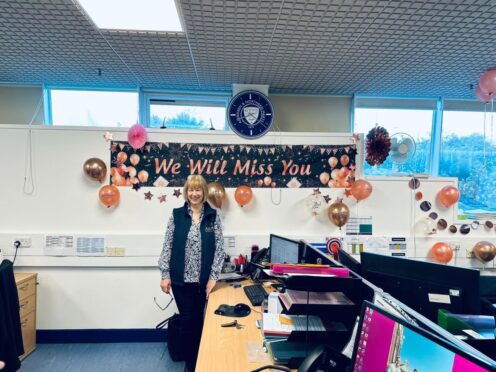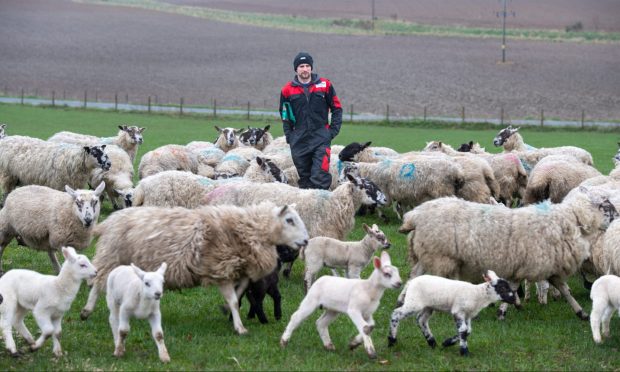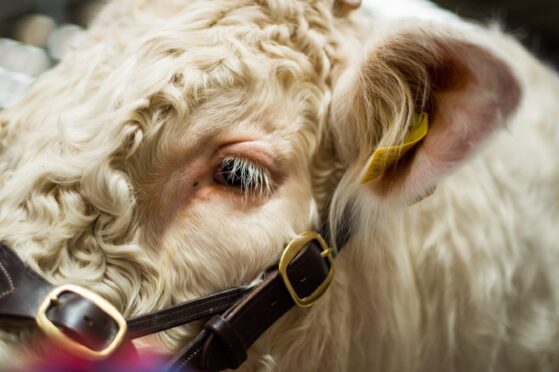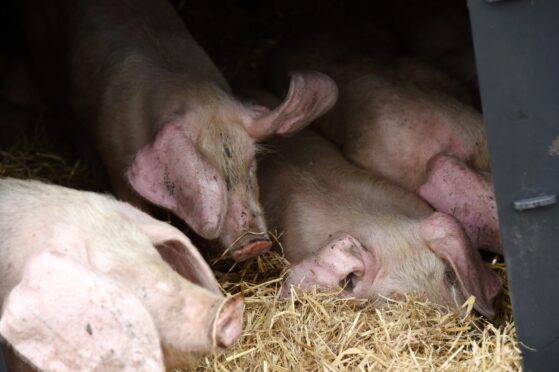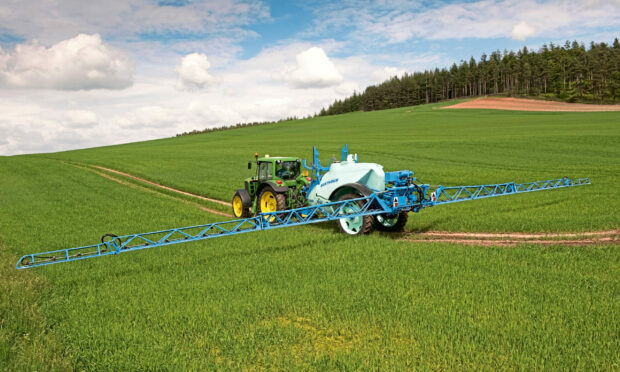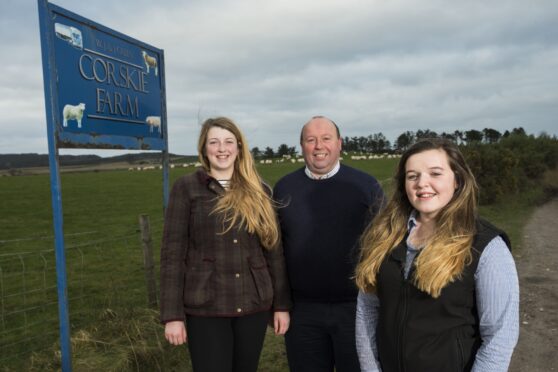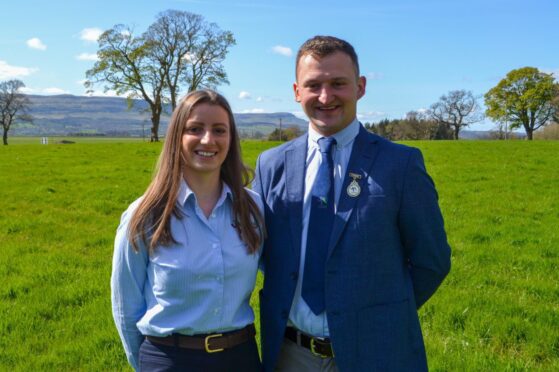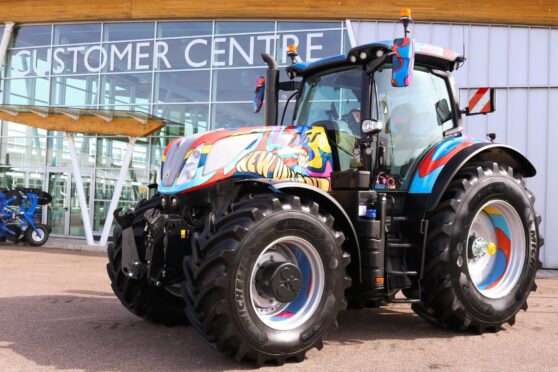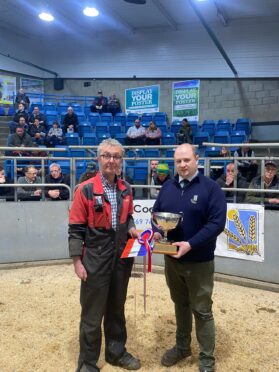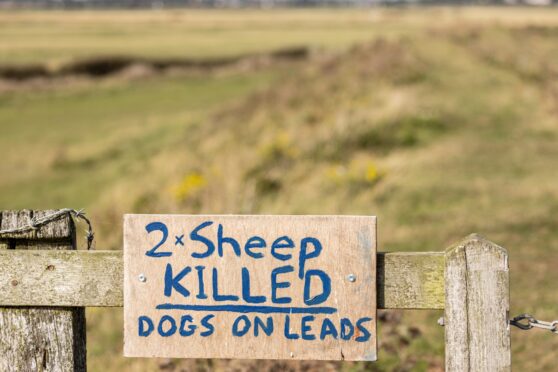The opportunity to be first in the queue to trial new technology was the key motivation behind Fife farmer John Weir’s decision to become one of Scotland’s 10 Agri-EPI innovation producers.
Joining the innovation farm network run by the Government-backed Agricultural Engineering Precision Innovation Centre (Agri-EPI Centre) was a ‘natural step’ says John whose 340-hectare Lacesston Farm, near Cupar, has plenty of challenges and opportunities to face as the enterprise approaches the end of the current cropping season.
“I’ve always liked the use of technology in agriculture, so it was natural to accept Agri-EPI’s invitation to be among the first to try their new kit,” said John.
“Working with a nitrogen gauge on our combine harvester, for example, is giving us the chance to monitor the nitrogen content of crops as they’re harvested. This is allowing me to segregate fields or part-fields, and process accordingly, before everything is mixed together, which is proving particularly valuable this year. Without the monitor, I could be waiting a couple of days to get results back under the current system, by which time our barley would generally be through the drier, maybe incurring an unnecessary cost.”
Dealing with around 250 ha of combinable crops at Lacesston, dominated by spring malting barley, but also including winter barley, winter oil seed rape and winter oats, he is already well aware of what’s emerging this year in terms of production and quality.
“Our crops are currently best described as very average, due to having come through a severe period of winter frosts, followed by a late spring,” he said. “As a result, the spring barley is very variable and is a concern for malting quality. The nitrogen monitor, viewed under this year’s conditions, is proving to be a particularly useful piece of equipment.
“We also have 65ha of ware potatoes, grown for pre-packing, which is really our main cropping focus. I’m seeing good sizes in them, albeit with a few growth cracks appearing. They will all go into cold storage for which we draw some of our electricity requirements from solar panels and a wind turbine.”
Asked what innovation breakthrough has helped most in recent years, John selected GPS technology, especially as it applies to the auto steering of farm machinery.
“We’re always looking for better ways to reduce inputs across our farming enterprises,” he added. “Any technology advances that allow us to do that will always be hugely valuable.
“Looking to the future, it would be great to have more accurate forecasts at the beginning of each season. If we knew what was coming, we could sow, spray, and harvest accordingly without wasting time on treatments we may not need or money on unnecessary inputs.
“I know some in the industry think this is all a bit pie-in-the-sky and that you’re better to just get on with farming, but GPS was pie-in-the-sky 20 years ago and there’s hardly a tractor out there without it these days. I’m convinced there are plenty of other pie-in-the-sky ideas that will be commonplace by 2035, or thereabouts, and maybe one of them will get its first run-out at Lacesston Farm over the next couple of years.”
